AARP Hearing Center


Incontinence. It may not be the single most difficult condition to live with but if you’re caring for a loved one — mother, father, husband, wife — who has urinary incontinence (UI) or bowel incontinence (BI) it may be one of the most challenging due to the social stigma that surrounds it.
Research from the National Health and Nutrition Examination Survey suggests that 62 percent of women in the U.S. live with UI and yet less than half seek treatment; those who do hold off for up to a year from the onset of symptoms. Men hold off even longer, according to a report in the journal Urology. Why? Quite simply, they’re too embarrassed to talk about it. The same is likely true of the seven to 15 percent of adults in the U.S. with BI, but no one can say for sure because many never discuss it.
“Incontinence involves private and intimate acts of how we live, so for many people there’s a lot of shame about the loss of control,” explains Rotimi Nettey, M.D., assistant professor of urology at Baylor College of Medicine. How can you help someone with a condition they’re too embarrassed to admit they have? A good starting place: Let them know they are far from alone.
Hygiene 101
“One key challenge with UI and BI is proper hygiene,” says AARP family caregiving expert Amy Goyer. “Keeping skin clean and preventing sores and infection is critical.” Things to keep in mind when assisting a loved one with toileting:
- Fit pads and absorbent wear close to body to avoid leaks,
- Always wipe from front to back,
- If using a bidet, ensure water flows appropriately (again, front to back),
- Change pads frequently for UI and immediately after BI,
- Use cleansers and wipes that are gentle and moisturizing and made for incontinence like Aloe Vesta Perineal/Skin Cleanser, Peri-Fresh and No-Rinse Peri-Wash; avoid products with perfume,
- Apply barrier cream like Lantiseptic, Thera Calazinc Body Shield or Calmoseptine to protect skin from irritation and breakdown. If sores develop, consult a healthcare professional to prevent infection.
“Incontinence is not only exceptionally common, but there are good treatment options available depending on the specific reason for the incontinence,” says Gregory Amend, M.D., assistant professor of urology at Icahn School of Medicine at Mount Sinai. “It is mistaken for being an accepted part of the aging process because it can be associated with many factors commonly seen in both men and women as we age. As a result, we confuse the fact that though commonplace, it is not considered to be expected or normal,” he says. What’s more, there are plenty of over-the-counter products to help your loved one live with the condition, not just in spite of it.
When to seek the help of a physician
Simply put, incontinence is the loss of bladder control or bowel control. Once you realize your loved has the condition and see that their symptoms have begun to interfere with their quality of life — particularly on a social or sexual level — it’s time for them to see their health care provider. Incontinence may be the sign of a more serious medical condition. “It’s time to see a specialist when the psychosocial impacts of incontinence become bothersome, or if the incontinence is associated with blood in the urine, urinary tract infections, passing of urinary stones, issues with urination or changes in routine blood work that assesses kidney function,” says Amend.































































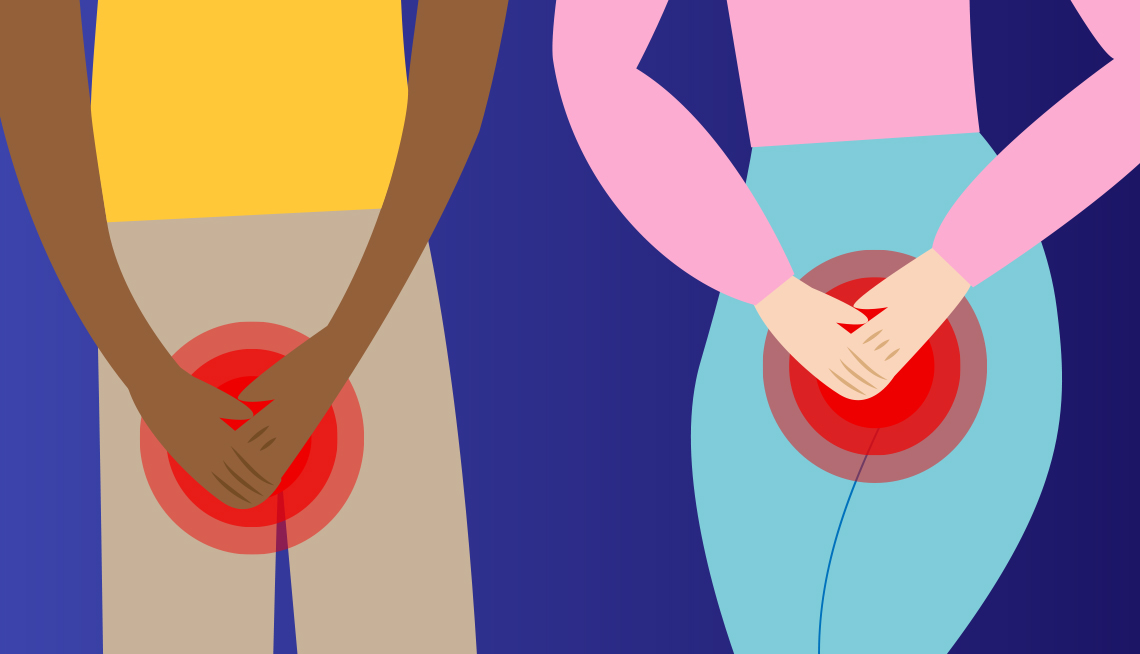
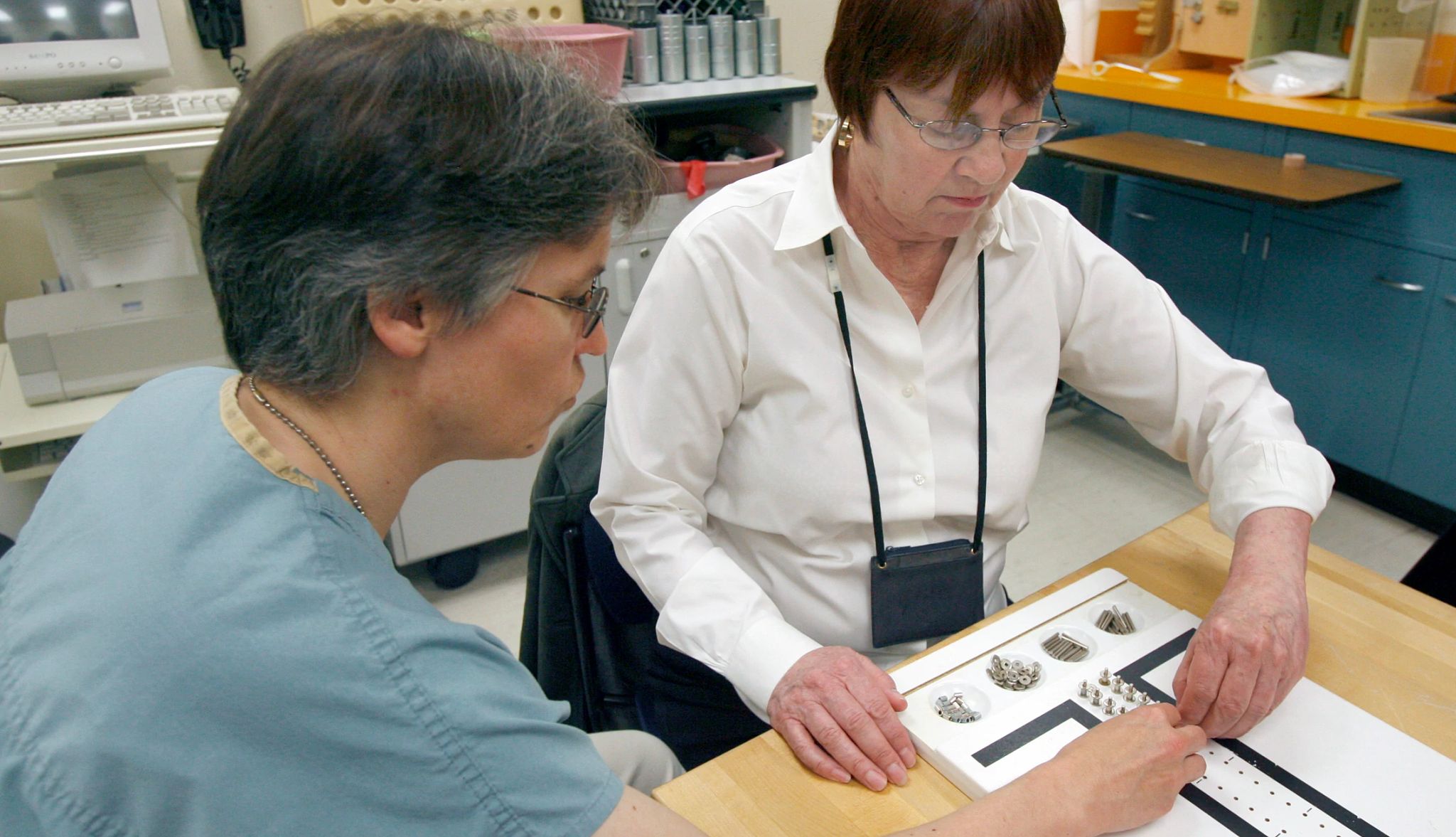


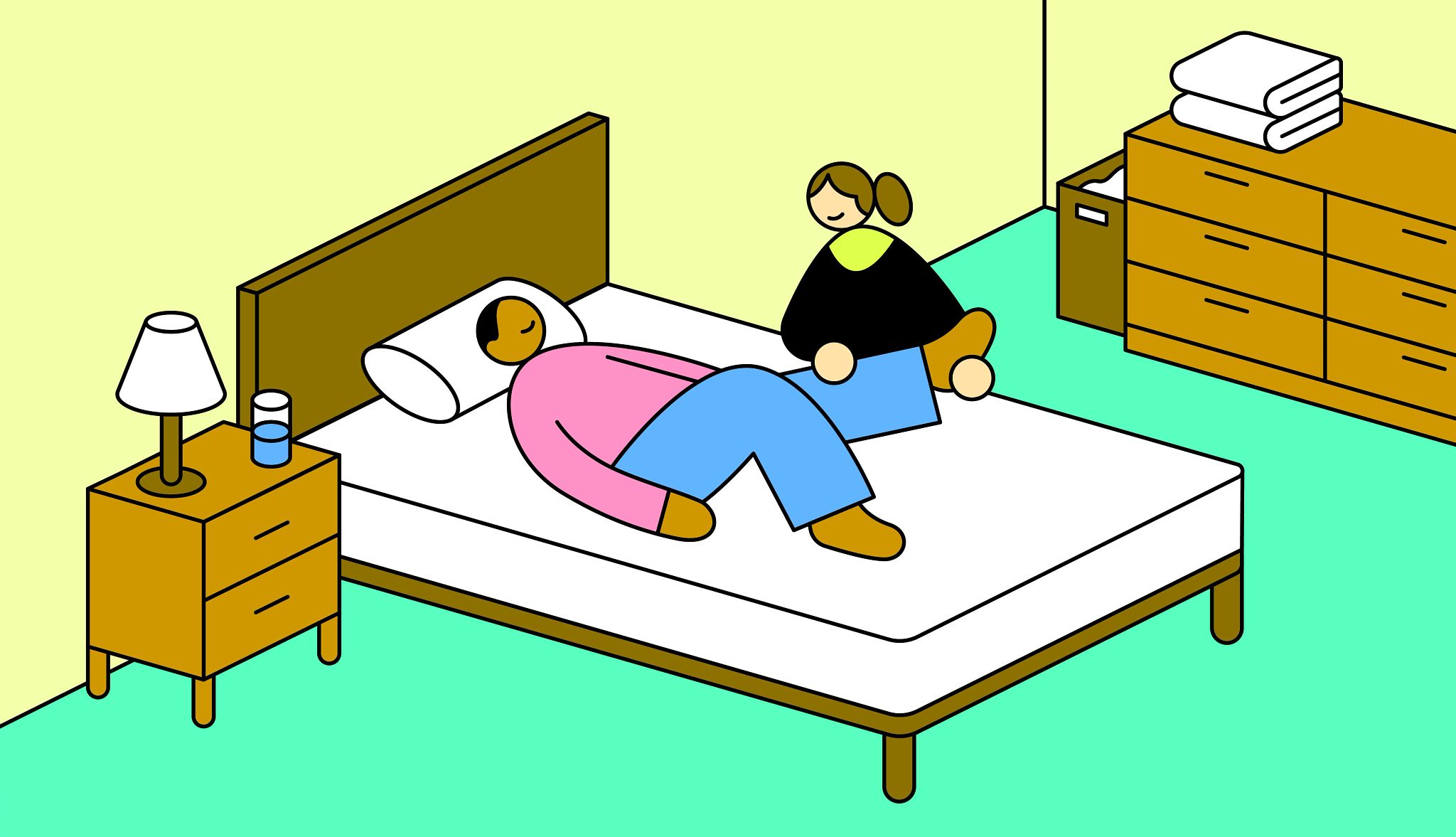
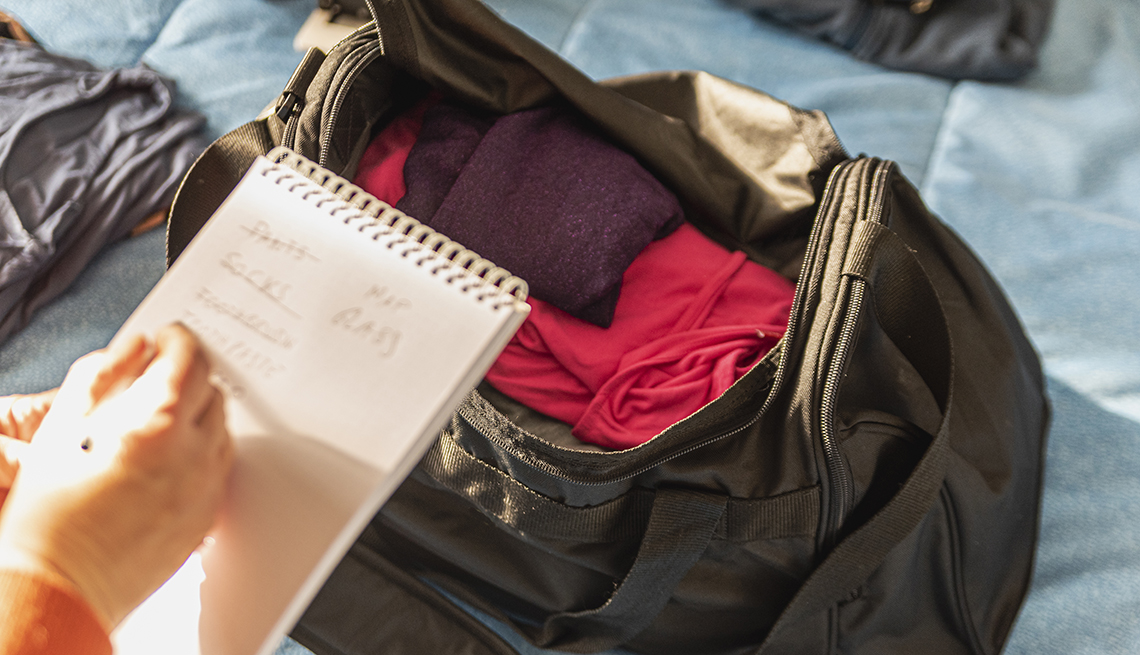
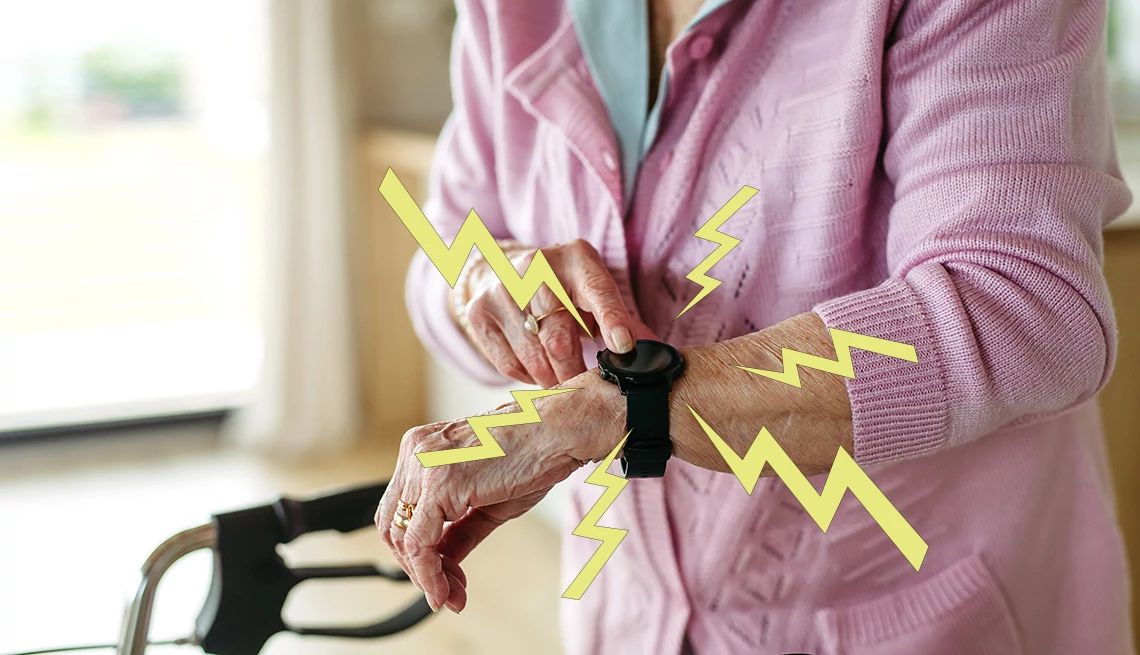
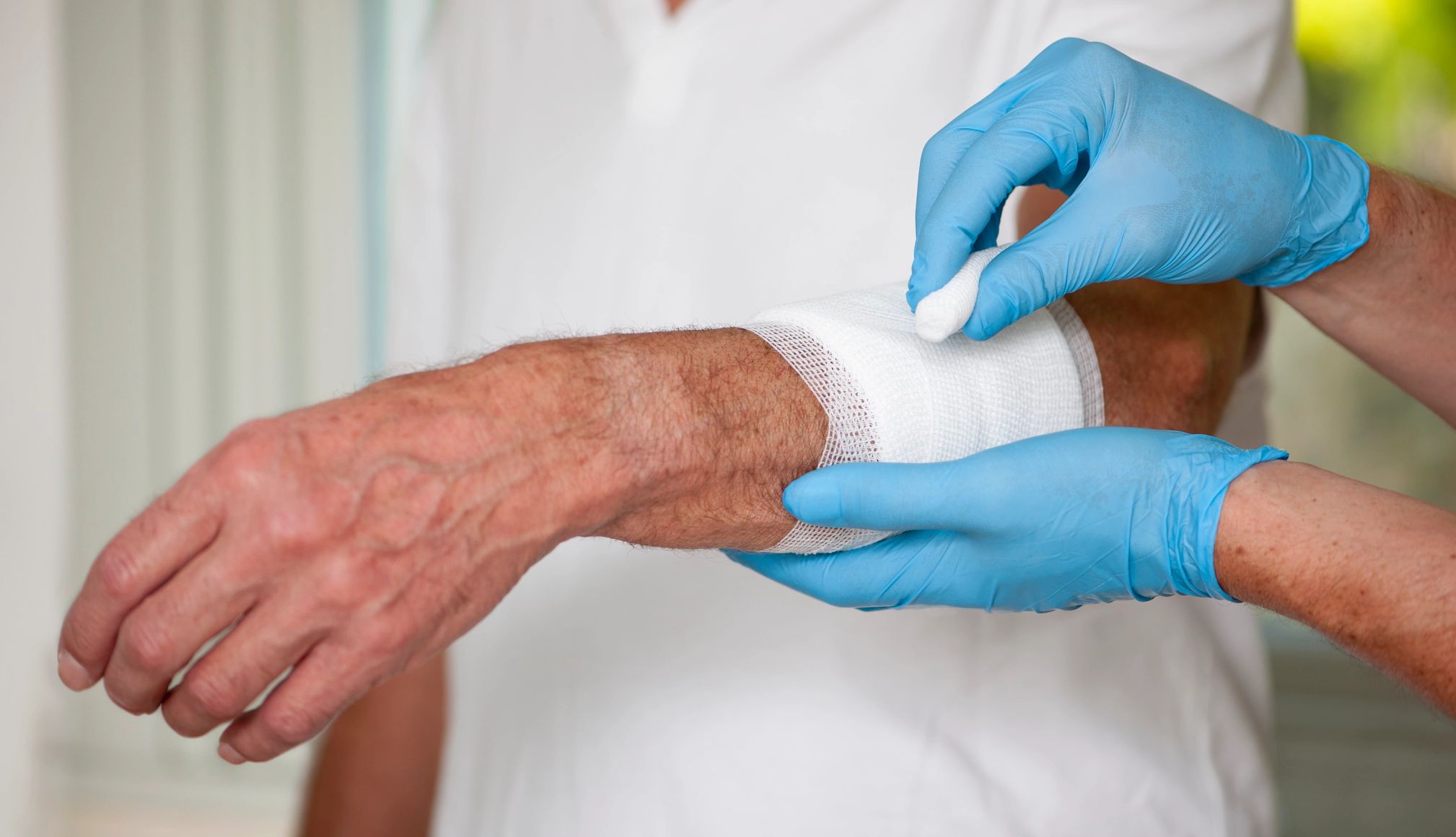
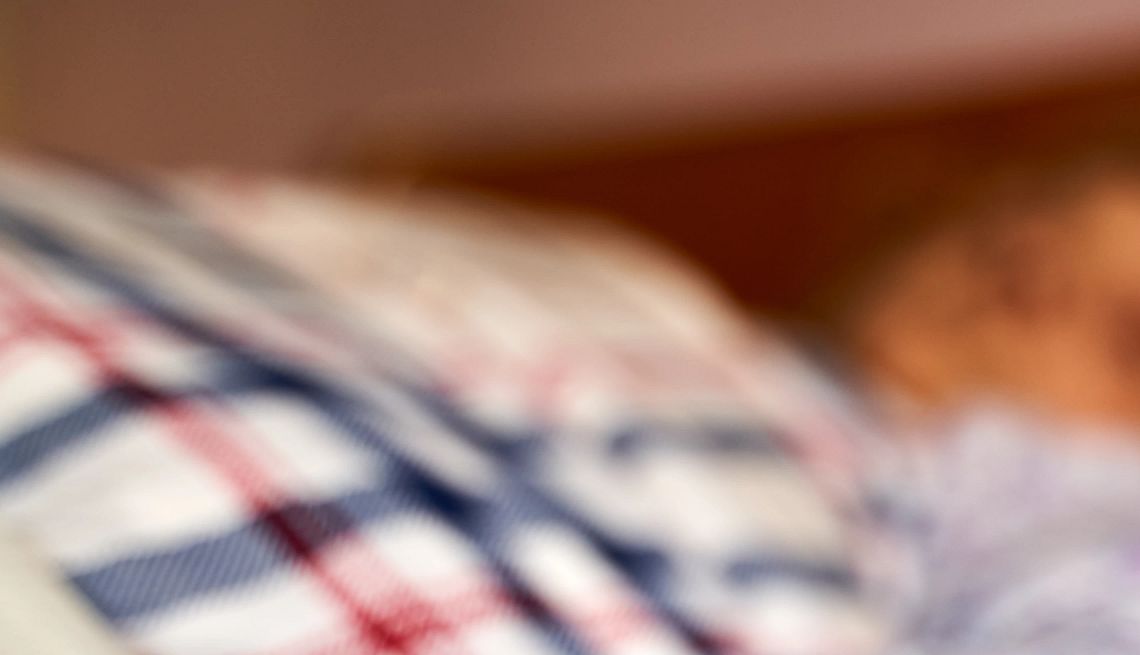
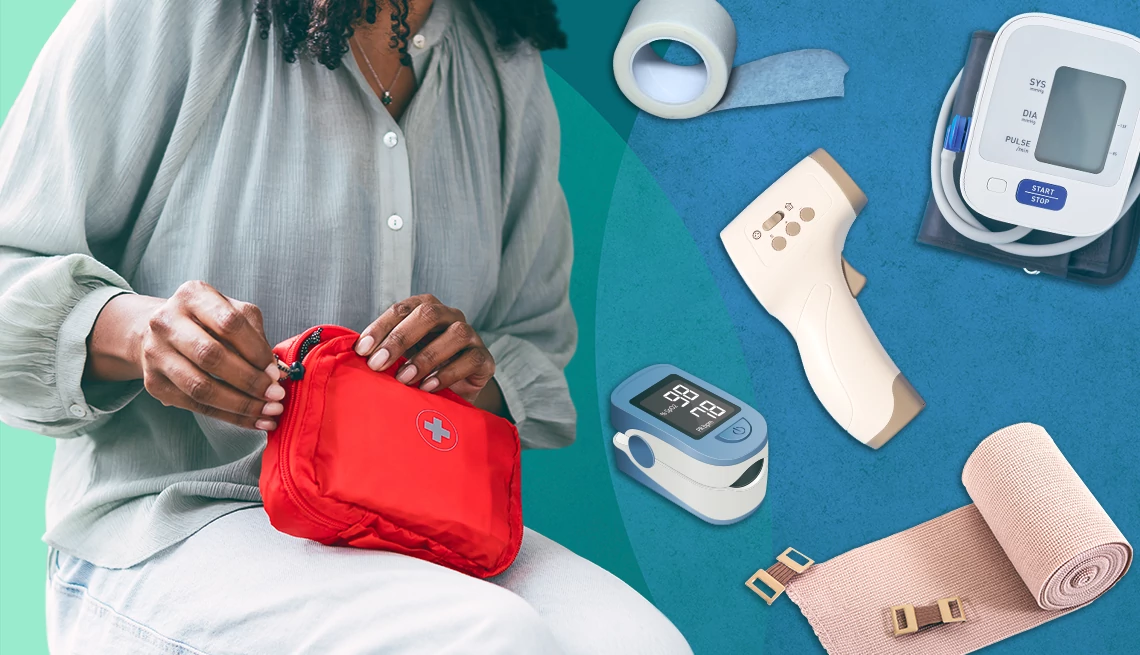

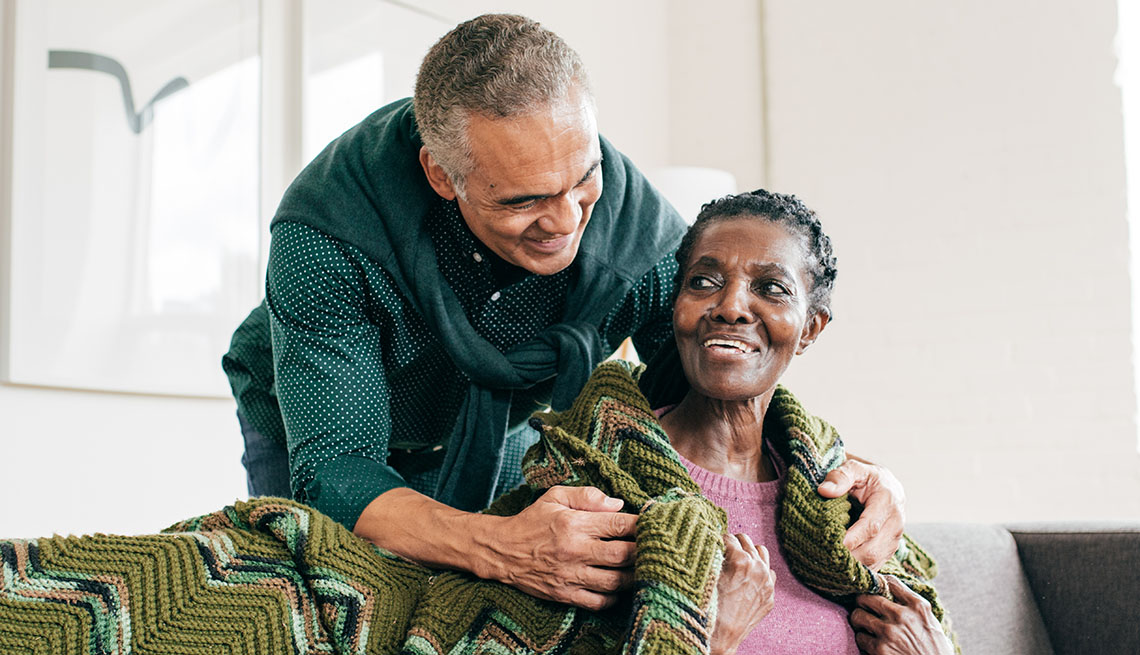
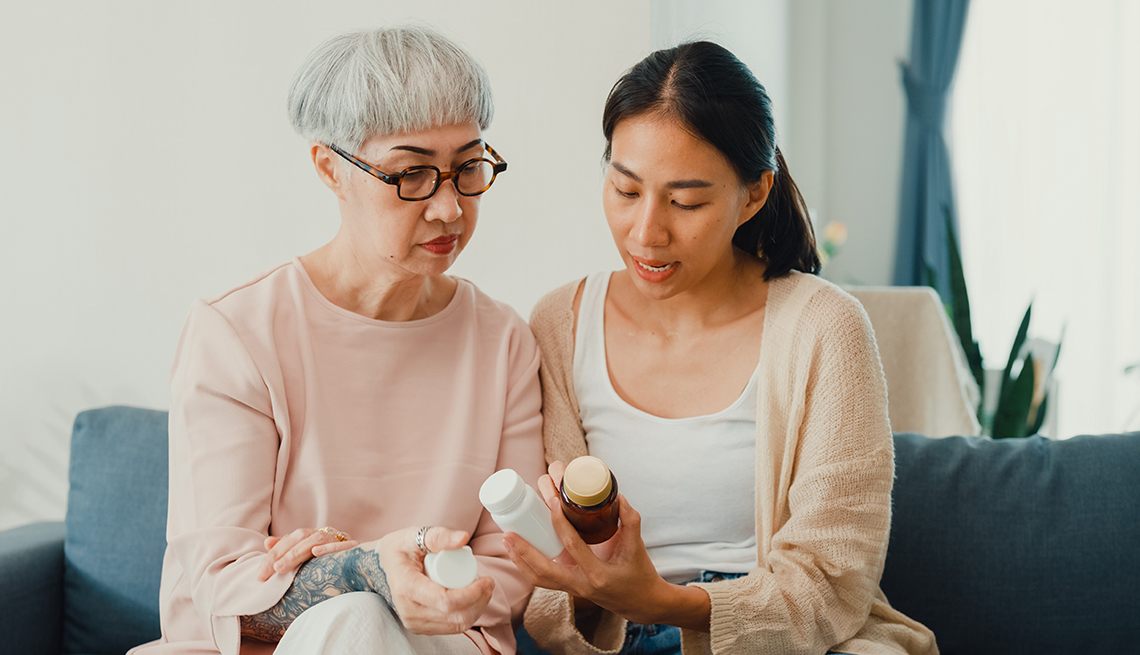
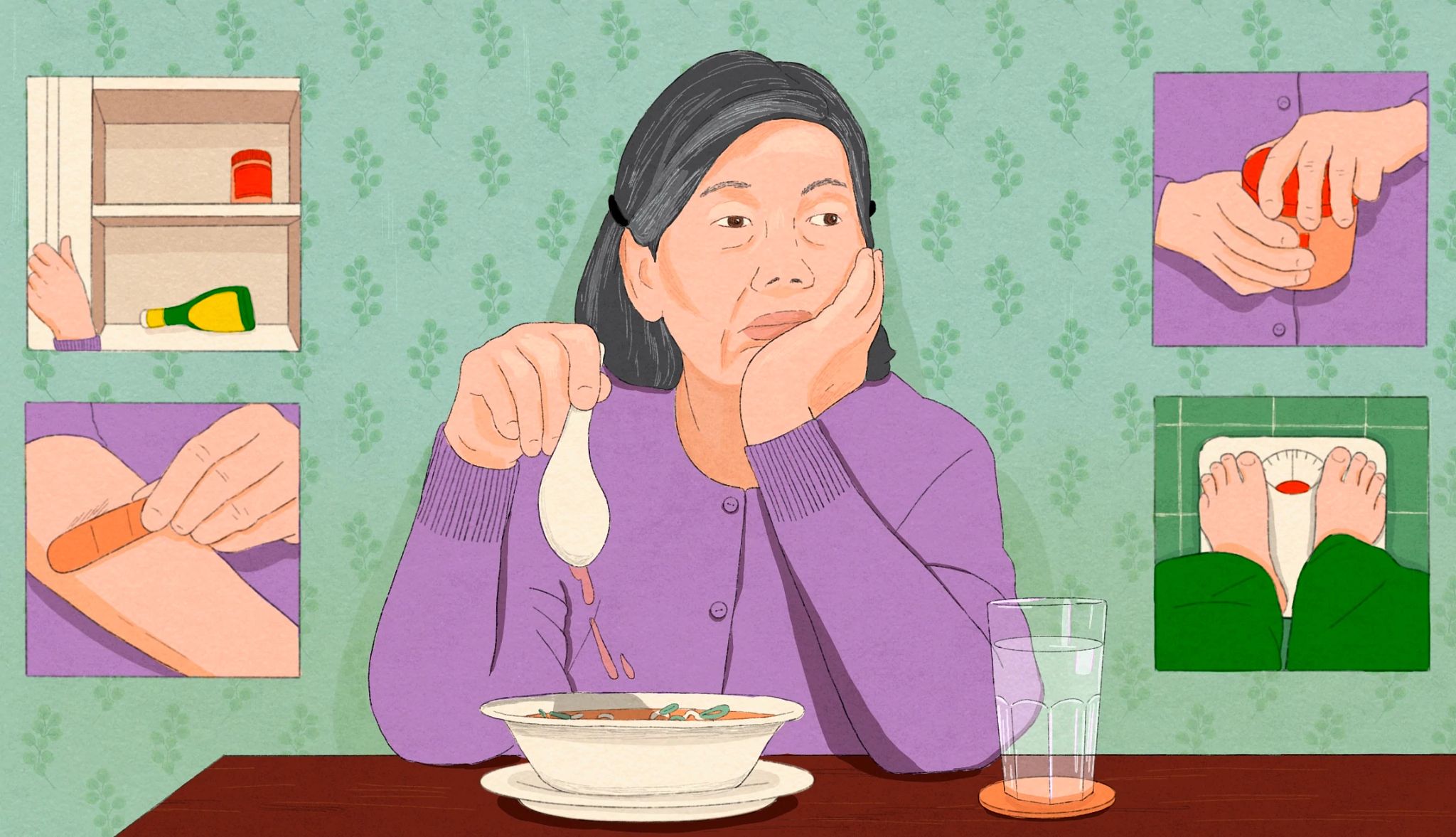
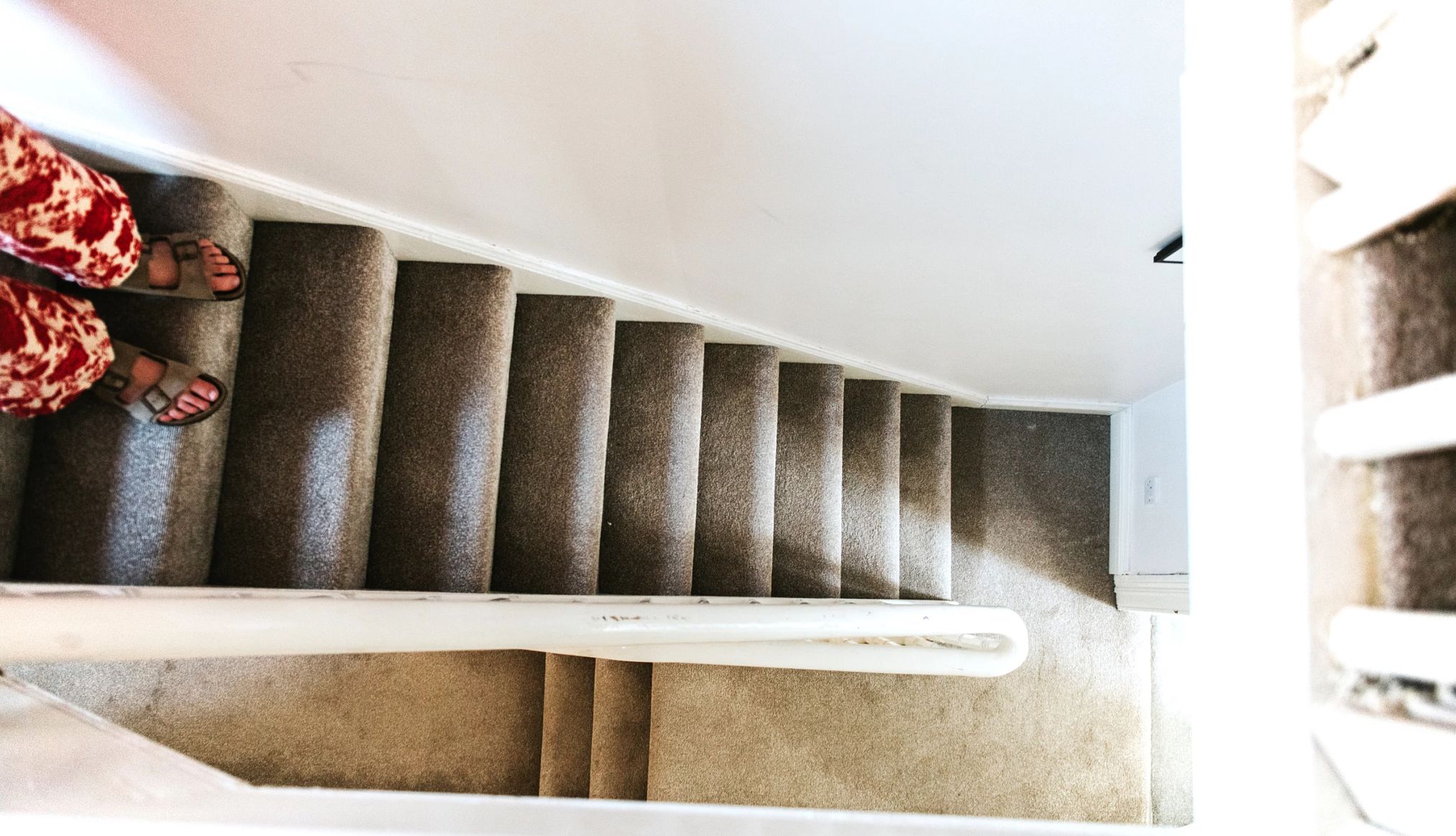






More From AARP
Valuable Lessons Caregivers Can Learn From Nurses
Nurses are on the front lines when it comes to caregiving, so there is so much to glean from their experiences. Here are some pieces of wisdom, coping skills and more.